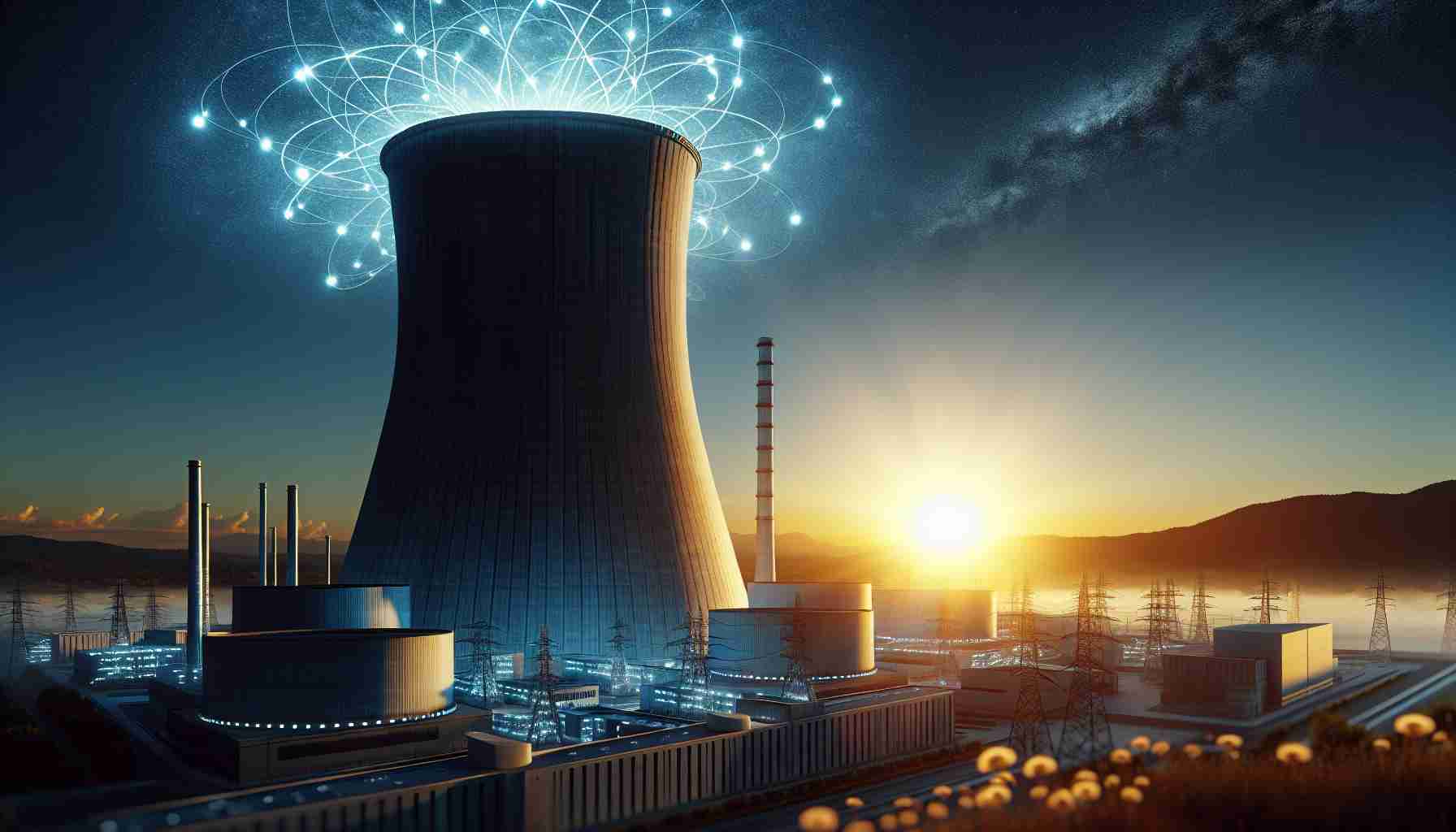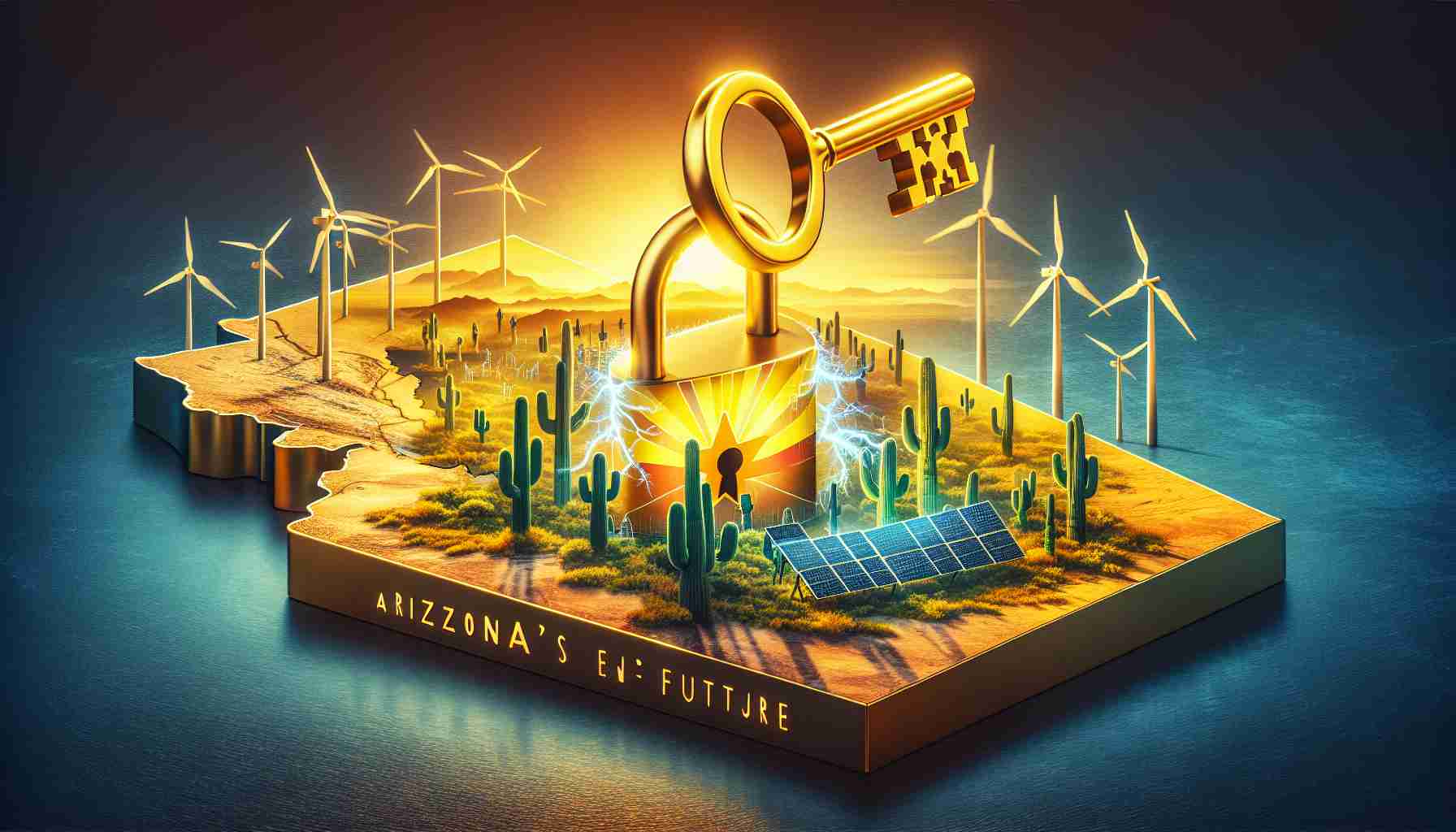As the world grapples with the urgency of climate change, China’s ambitious strides in nuclear energy technology signal a possible radical shift in the global energy landscape. Recent reports reveal that China is not only rapidly advancing its nuclear capabilities but also pioneering groundbreaking technologies that could redefine clean energy solutions.
Floating Nuclear Reactors: In an innovative move, China is developing floating nuclear reactors, designed to provide power to remote areas and offshore projects. These reactors promise increased flexibility and could revolutionize the distribution of nuclear energy. The first of these floating reactors is expected to launch by 2025, marking a critical step in harnessing nuclear energy in previously inaccessible regions.
Molten Salt Reactors: Additionally, China is advancing in the development of molten salt reactors (MSRs), which utilize liquid thorium rather than uranium, offering a safer and more efficient alternative. MSRs stand out for their potential to minimize nuclear waste and reduce the risk of catastrophic failures. China plans to build its first commercial thorium reactor by 2030, setting a precedent for greener nuclear energy.
Implications for Global Energy: As China moves forward with these cutting-edge technologies, the implications for the global energy sector are profound. If successful, these advancements could position China as a leader in sustainable energy and offer a blueprint for nuclear energy innovation worldwide. The world watches closely, eager to see if China’s nuclear initiatives will help forge a path toward a future are cleaner, more reliable energy.
China’s Nuclear Innovation: A Catalyst for a Greener Future
The rapid advancements in China’s nuclear energy technology, particularly in the realms of floating nuclear reactors and molten salt reactors (MSRs), promise to reshape the global energy landscape with far-reaching implications for the environment, humanity, and the economy. As these technologies hold the potential to offer cleaner and more reliable energy solutions, their impact on the future of humanity becomes increasingly significant.
Environmental Impact:
Floating nuclear reactors, designed for deployment in remote areas and offshore, could be a game changer in reducing the reliance on fossil fuels. By providing a stable and clean energy source in previously inaccessible regions, these reactors could significantly cut down on carbon emissions and mitigate the effects of climate change. The potential decentralization of energy production can lead to more localized energy grids, decreasing the carbon footprint associated with long-distance energy transmission.
Molten salt reactors, utilizing thorium instead of uranium, are not only safer but also considerably more efficient. Their ability to minimize nuclear waste addresses one of the long-standing criticisms of nuclear energy, ultimately reducing the environmental hazards associated with radioactive waste management. Their inherent safety features diminish the risk of catastrophic nuclear failures, which is crucial following historical nuclear disasters.
Impact on Humanity:
For communities in remote areas, especially those in developing regions, access to consistent and clean energy can revolutionize living standards. It can enhance healthcare by powering modern medical facilities and equipment, improve education through the provision of energy for schools and digital learning platforms, and foster economic growth by enabling the emergence of new industries.
By decentralizing energy access, floating nuclear reactors can empower communities, allowing them to become less dependent on centralized energy systems that are often susceptible to political or economic instability. This can lead to enhanced energy security and resilience against geopolitical tensions.
Economic Implications:
China’s potential leadership in nuclear innovation could stimulate economic growth not only within its borders but globally. By exporting these technologies, China could create new economic partnerships and markets, aligning with countries seeking sustainable energy solutions. This technological edge could lead to job creation across research, development, and operational sectors associated with nuclear technology, further boosting economic resilience.
Future Connections:
The trajectory of China’s nuclear advancements signals a significant shift toward sustainable energy, which is crucial for building a sustainable future for humanity. As the world grapples with energy shortages and climate challenges, these technologies offer a blueprint for cleaner, more reliable energy systems worldwide. Investment in research and development of similar green technologies by other countries could foster international collaboration, driving a global movement toward energy sustainability.
In conclusion, China’s cutting-edge nuclear energy technologies highlight the potential to mitigate environmental impacts, enhance human well-being, and stimulate economic growth. As these technologies mature, they promise to be instrumental in steering the world toward a cleaner energy future, playing a pivotal role in addressing the pressing challenges of climate change and energy insecurity.
How China’s Nuclear Innovations Could Change Global Energy Dynamics Forever
As the challenges of climate change become increasingly urgent, China is boldly advancing the frontiers of nuclear energy technology, potentially setting the stage for a transformative shift in the global energy landscape. Here’s a closer look at China’s groundbreaking strides and what they could mean for the future of energy.
Floating Nuclear Reactors: Powering Remote Possibilities
China’s development of floating nuclear reactors could redefine how energy is distributed globally. These reactors, designed to be deployed in remote and offshore locations, offer unparalleled flexibility and potential to deliver clean energy to areas previously considered unreachable. Their mobility allows for disaster relief support and the powering of oceanic expeditions, making them a game-changer in nuclear energy application. China’s first floating reactor is anticipated to be launched by 2025, potentially paving the way for a new era in remote energy access.
Molten Salt Reactors: A Safer Future for Nuclear Energy
Advancements in molten salt reactor (MSR) technology position China as a powerhouse in innovative nuclear energy solutions. By utilizing liquid thorium instead of traditional uranium, MSRs present a safer, more efficient alternative for nuclear power. The advantages of MSRs include reduced nuclear waste production and minimal risk of catastrophic breakdowns, features that are becoming increasingly attractive in a world seeking cleaner energy sources. China’s quest to operationalize its first commercial thorium reactor by 2030 signals a significant step toward greener nuclear energy and could catalyze global interest in similar technologies.
Pros and Cons of China’s Nuclear Advancements
Pros:
– Environmental Benefits: Reduced greenhouse gas emissions compared to conventional fossil fuels.
– Innovative Access: Capability to supply energy to isolated regions and infrastructure projects.
– Safety Improvements: MSRs offer lower failure risks and generate less hazardous waste.
Cons:
– Infrastructure Costs: High initial development and deployment costs for new nuclear technologies.
– Regulatory Challenges: Navigating international nuclear governance and safety standards.
Global Implications and Predictions
China’s nuclear innovations could have far-reaching implications on a global scale. If these technologies prove effective, they might position China as a leader in sustainable energy, providing other nations with a model for adopting similar innovations. This progress might encourage a shift in global energy policies towards cleaner solutions, accelerating the transition away from fossil fuels.
Cutting-Edge Features and Use Cases
Features:
– Modular Design: Floating reactors with modular construction can be assembled on-site, catering to diverse geographical needs.
– Scalability: MSRs offer scalable solutions for varying energy demands, from small communities to large urban centers.
Use Cases:
– Providing stable power to island nations lacking indigenous energy resources.
– Supporting off-grid industries, such as offshore oil platforms and remote mining operations.
In Conclusion
China’s foray into advanced nuclear technologies not only signals a commitment to tackling climate change but also highlights the potential for nuclear energy to complement renewable sources in a diversified energy portfolio. The next decade will be crucial in determining whether these innovations can be harnessed effectively and sustainably, potentially reshaping the landscape of global energy forever.
For more information on global energy trends and sustainable solutions, visit International Energy Agency.
The source of the article is from the blog jomfruland.net



